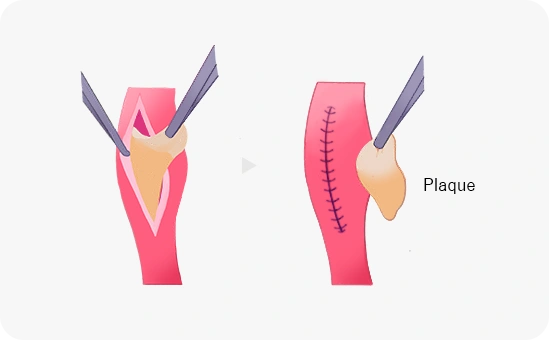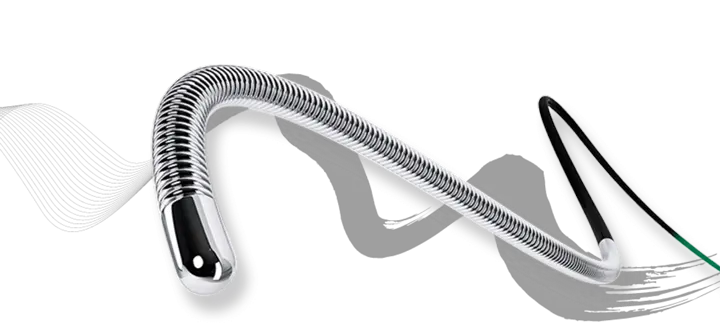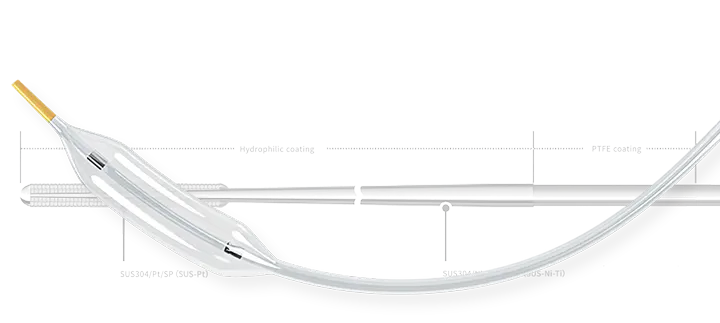Tests and treatment of lower extremity arterial disease
Healthcare
About This Information:
This English version is a translation of content originally created based on medical information used in Japan. Accordingly, the data and treatment approaches presented reflect the situation in Japan and may differ from those in other countries or regions.
Supervised by: Dr. Shigeru Nakamura (Vice President and Director, Cardiovascular Center, Kyoto Katsura Hospital)
Tests to evaluate lower extremity arterial disease (LEAD)
1. Ankle-brachial index (ABI) test
For this test, blood pressure is measured in the upper arms and ankles; the ratio of the blood pressure in the ankle to that in the arm is then calculated (the highest arm pressure is used as the reference).
Between 0.91 and 1.4 is normal.
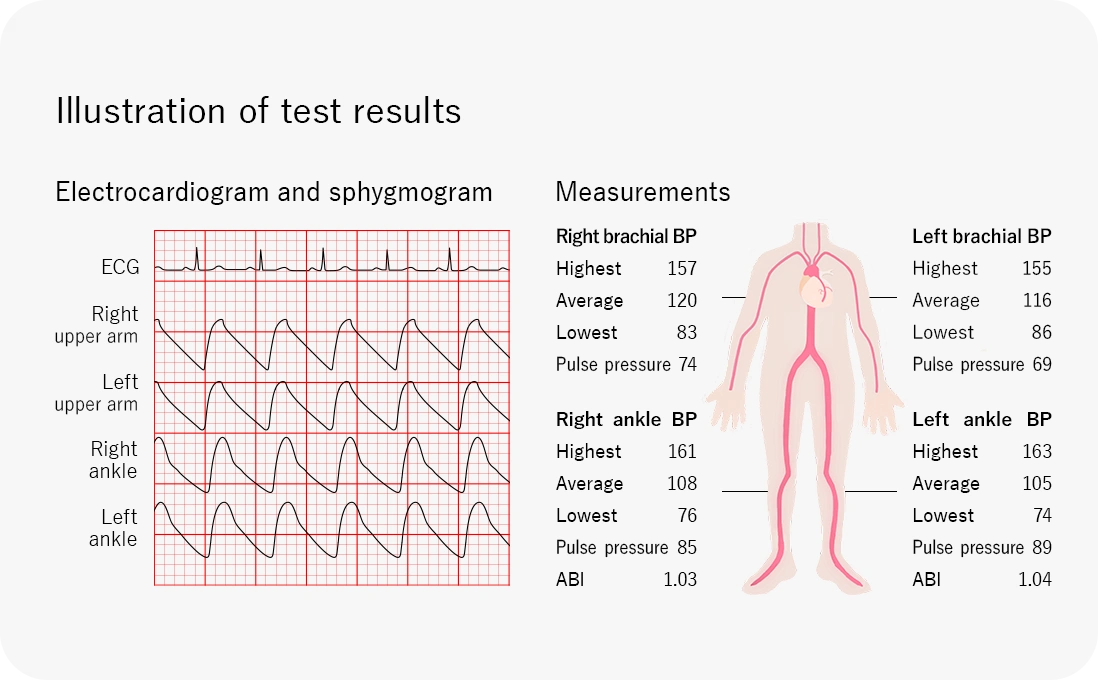
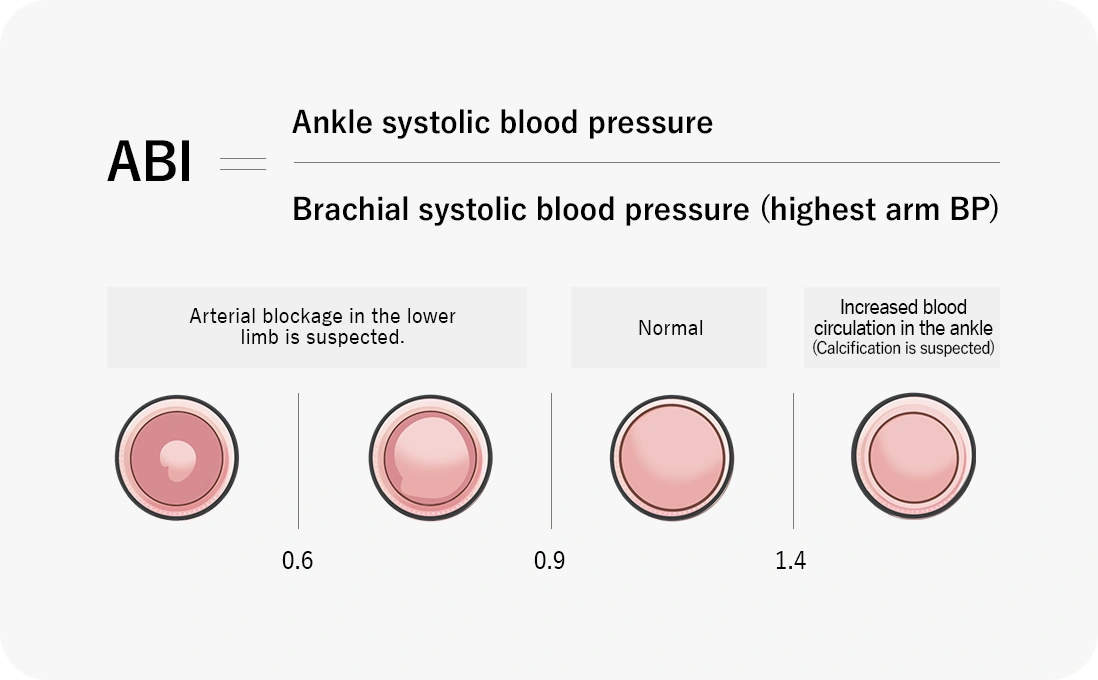
2. Intravascular echography
Ultrasonography is used to check the condition of the blood vessels.
Treatment of lower extremity arterial disease
The treatment of lower extremity arterial disease includes lifestyle changes and medical treatments that are provided in stages.
Lifestyle changes
Although arteriosclerosis is not a cancer, it is known to progress gradually. Its progression is slowed by treating underlying hypertension, diabetes, and dyslipidemia.
| Exercise therapy | Smoking cessation | Dietary changes |
|---|---|---|
|
You may be wondering if it is okay to exercise when walking causes pain. However, walking effectively alleviates pain because it encourages blood vessel development in the lower limbs and increases the efficiency of oxygen use in the muscles. |
Smoking worsens the symptoms of lower extremity arterial disease. Avoid or quit smoking. |
A balanced diet slows the progression of arteriosclerosis. A diet mainly consisting of fruits and vegetables, low-fat proteins, and foods low in sugar and salt is recommended. |
Drug therapy
Drug therapy is used to treat lower limbs affected by arteriosclerosis.
| Antiplatelet drugs | Anticoagulants | Vasodilators |
|---|---|---|
|
Antiplatelet drugs prevent thrombus formation. |
Anticoagulants prevent the blood from clotting. They also prevent the growth of existing clots. |
Vasodilators improve blood flow by dilating blood vessels. |
Revascularization treatment
If the disease does not improve with exercise and drug therapy, further treatment is provided to improve the blood flow in the blocked or narrowed area.
Endovascular treatment (EVT)
A thin tube (catheter) is inserted into an artery in the wrist or groin and guided into the narrowed blood vessel for treatment.
Balloon angioplasty
Balloon angioplasty is a method of dilating a narrowed blood vessel by inflating a balloon within it, thereby improving blood flow.
Currently, a balloon coated with a drug (DCB: drug-coated balloon) is often used for preventing restenosis.

Stent placement
A metal mesh tube (stent) is placed within a narrowed blood vessel, widening its lumen to improve blood flow.
A stent coated with a drug (DES: drug-eluting stent) prevents the blood vessel from becoming narrow again by slowly releasing the drug from the stent surface.

Change in ABI after catheterization
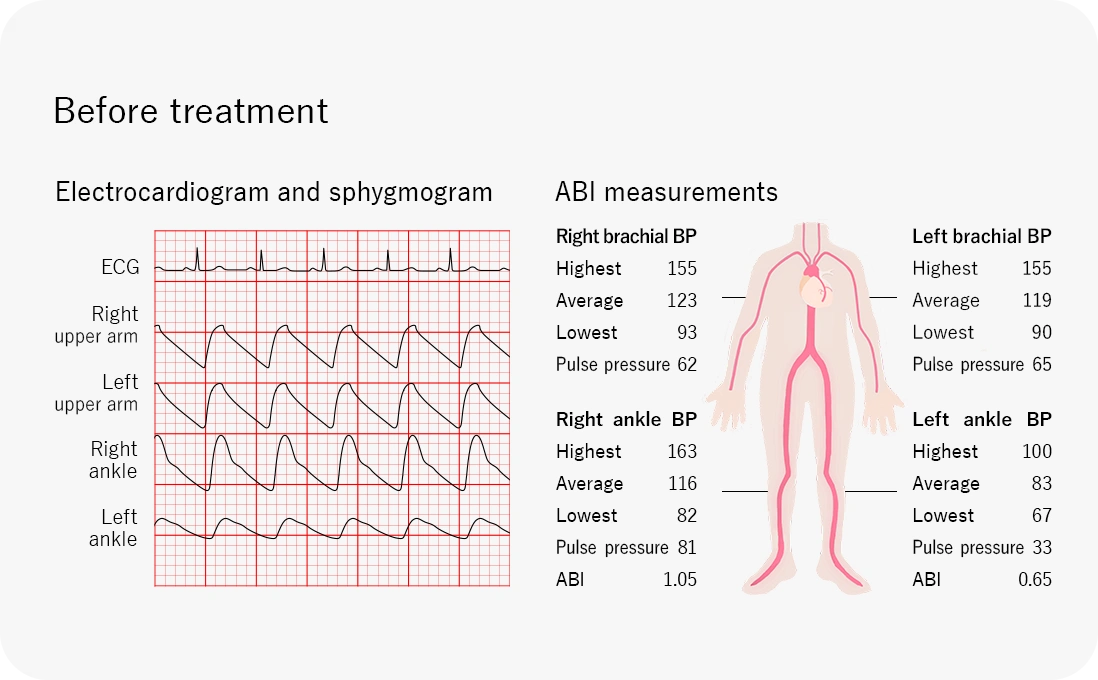
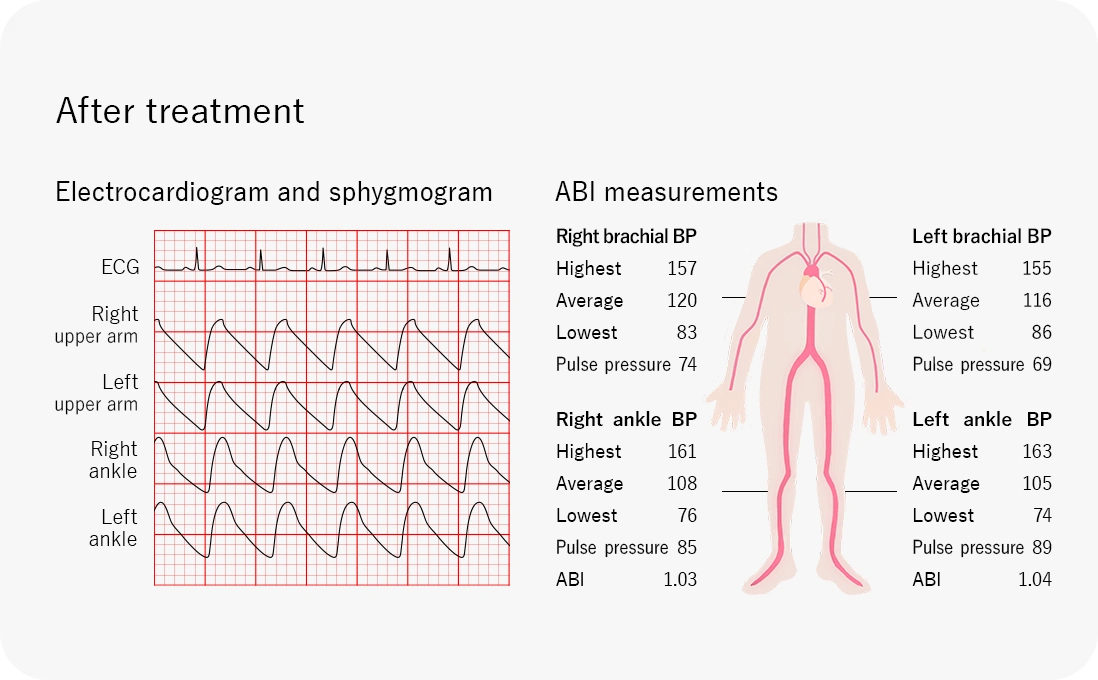
Surgical revascularization
Bypass surgery
Bypass surgery involves creating a bypass with the patient’s leg veins or an artificial blood vessel; this bypass vessel goes around the blocked area to restore blood flow.
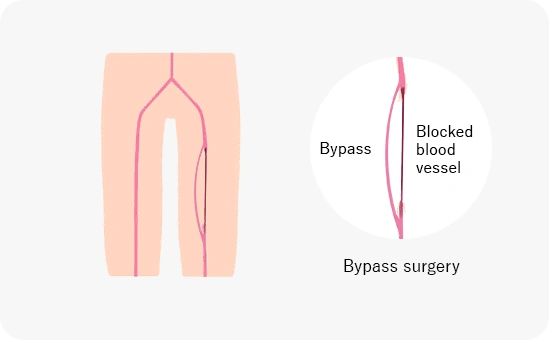
Thromboendarterectomy (TEA)
Thromboendarterectomy is a method of surgically removing the narrowed area and suturing the blood vessel back together. This widens the lumen, improving blood flow. This procedure is mainly carried out for a narrowed area at the base of the legs, near the groin.
